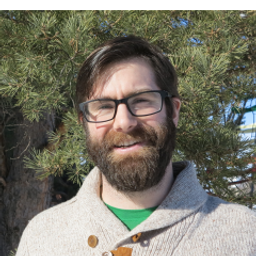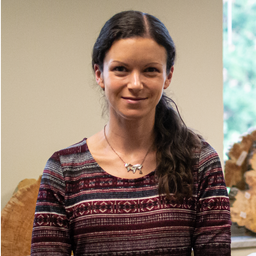Symposium 5. Applications of dendrochronology in urban environments
My Session Status
As of 2020, 56% of the world’s population live in urban areas. These individuals benefit from numerous ecosystem services provided by urban forests, including urban heat island mitigation, energy use reduction, stormwater interception, wildlife and pollinator habitat provision, air pollution removal, and carbon sequestration. Urban greenspaces are also often the most accessible avenue for exposure to the natural environment, providing additional aesthetic, recreational, and psychological benefits. However, we know surprisingly little about urban tree growth often applying knowledge from non-urban ecosystems. Dendrochronology offers a valuable field-based method that can improve quantification of urban tree growth, evaluate response to environment, and project how planted trees can be expected to perform in various environments in the future. A few possible avenues of investigation include: the potential to measure the impact of urban land-use on urban forest growth, evaluate the scale and monetary value of carbon sequestration, determine the spatial and temporal legacies of environmental pollution using urban trees for biomonitoring, and assess resistance and resilience of urban forests to extreme climatic events. This potential is also challenged due to larger spatial heterogeneity in growth conditions and many co-occurring anthropogenic effects (e.g. soil compaction, mechanical wounding, excess irrigation, salinity, etc.) that may impact cross-dating and developing common growth curves.
Sub Sessions
Tree rings have long been used to monitor forest change by measuring differences in tree ring widths through time derived from a representative sample of forest trees. However, for many reasons, tree rings have only rarely been utilized to monitor urban forest change. Urban forest change monitoring has more commonly occurred with time-series of remote sensing imagery, such as yearly stacks of Landsat satellite imagery converted to some vegetation index or other proxy. Tree rings and remote...
Urban trees are expected to help in mitigating the negative effects of climate change on infrastructures and human well-being in cities but warming climate with longer and more intensive dry and hot periods will also affect urban tree function and survival. To better understand the resilience and resistance of urban trees in the face of climate change, we conducted a Canada-wide collection of tree cores from cities with diverging climates (Edmonton, Montreal, Quebec City, and Halifax).&nbs...
Urban trees provide important environmental services and are indispensable for the regulation of a city's climate, whilst growing in stressful conditions with low water and space availability. However, compared to their forest counterparts, little is known about urban trees' capability to cope with climate change. Due to the heat island effect, Montreal has already experienced 1.4°C higher temperatures, creating increasingly challenging conditions for urban trees. Planting resilient trees ...
Urban trees and forests provide a variety of social and environmental benefits, but their function, and therefore the benefits they provide, can be enhanced or diminished by human influences. More work is needed to understand how urban forests mitigate, and are affected by urban heat, pollution, and other anthropogenic influences, especially in light of modern urbanization and climate change. As concentrated sites of accelerated environmental change, urban forests may also provide insight ...
Urban trees provide multiple benefits such as shading and cooling, which become more and more important due to the increasing frequency and severity of heat and drought periods. It is thus necessary to identify tree species, which are able to tolerate such extreme conditions in urban areas. We studied the resistance and resilience of stem diameter growth of five deciduous tree species in an urban area in Southwest Germany to three exceptional drought periods for differences between and wit...
Dendrochronology can provide a glimpse into past periods that lack long-term ecological and environmental data. With the growing concern of climate change and the need to reach net-zero carbon, contributions of nuclear energy sources to meet net-zero goals continue to be discussed. Ontario obtains a large amount of energy from Canadian Deuterium (CANDU) reactors at the Bruce, Pickering and Darlington nuclear facilities. Conveniently, tree-rings can be used to measure radiocarbon (14C) emis...
Dendrochronology can provide a glimpse into past periods that lack long-term ecological and environmental data. With the growing concern of climate change and the need to reach net-zero carbon, contributions of nuclear energy sources to meet net-zero goals continue to be discussed. Ontario obtains a large amount of energy from Canadian Deuterium (CANDU) reactors at the Bruce, Pickering and Darlington nuclear facilities. Conveniently, tree-rings can be used to measure radiocarbon (14C) emis...






